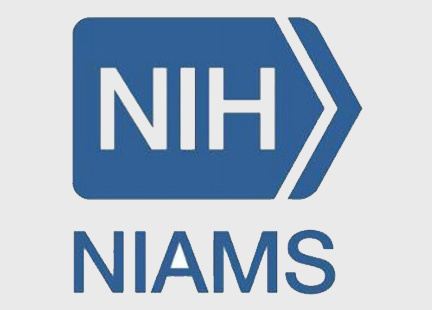
Deyo Discusses Therapies for Low-Back Pain
By Ellen O’Donnell
Dr. Richard Deyo
Chronic low-back pain is an enormous public health problem. Many patients turn to complementary health approaches and, although there is an array of options, study results are often conflicting or non-definitive. Dr. Richard Deyo took listeners through the territory in his recent talk, “Manipulating the Pain: Chiropractic and Other ‘Alternative’ Treatments for Back Pain,” part of NCCAM’s Integrative Medicine Research Lecture Series.
Deyo is an internist, Kaiser Permanente professor of evidence-based family medicine at Oregon Health and Science University and a researcher. He also co-chairs the NIH Pain Consortium’s task force on research standards for chronic low-back pain, which released a major report on Apr. 25.
Chiropractic, acupuncture and massage are the most popular complementary approaches for back pain. Deyo provided a brief perspective of clinical research findings on each, including information from studies he conducted with Group Health Cooperative scientists. The research challenges, he said, include teasing out treatment effects from the fact that most patients get significantly better on their own within a month; regression to the mean (i.e., from patients tending to seek care primarily when their symptoms are most extreme); placebo effects; and the effects of receiving caring attention from a professional. These questions illustrate, he said, why randomized, controlled trials in this area are essential.
Many interesting findings have emerged from clinical trials comparing true needle acupuncture, for example, to sham acupuncture (e.g., as done with toothpicks that don’t penetrate the skin) or comparing different types of massage. In Deyo’s studies, active interventions and controls are compared to usual care. He described the big picture as suggesting that benefits from the three complementary approaches are at least equal to—and for short-term relief, may be better than—usual care for low-back pain, although possibly for different patients and from different mechanisms.
“A common thread might be the healing power of touch,” he said.
“It’s ambiguous, still, whether [these] results are better than a convincing placebo,” Deyo added. “But I’ve come to the view that maybe we can live with that ambiguity. The effects on actual back-pain disability are likely relatively small. Serious side effects are very rare. At least from our analyses [of Medical Expenditure Panel Survey data], there is no evidence that these treatments would add to health-care costs. You might argue that they are no better than conventional medical care, but they do seem to be better in clinical trials, and certainly not worse.”
As Deyo reminded attendees, “Much of what we do in conventional care may also involve the placebo effect and can be less safe.”
Deyo termed these therapies “a reasonable choice for interested patients with non-specific low-back pain” but added that “to obtain more durable relief may require long-term exercise and/or cognitive-behavioral therapy.”
His lecture is available at https://videocast.nih.gov/Summary.asp?File= 18391&bhcp=1 and is being added to NCCAM’s Online Continuing Education Series.
Source: https://nihrecord.nih.gov/newsletters/2014/05_23_2014/story4.htm
